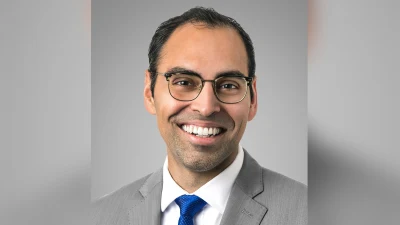Call for younger advisers under median age of 50


Citing research from eFinancialCareers, Fortnum Private Wealth is calling on better incentives within the advice industry to attract young talent as close to half of Australia’s financial advisers are aged over 50.
Managing director of Fortnum Private Wealth, Joel Taylor has said figures from eFinancialCareers that show 43 per cent of financial advisers are aged over 50 is an industry-wide concern.
To attract the best talent within the industry, Taylor said it was crucial for licensees to revamp value proposition and better support the needs of practices with technology support and strong advice capabilities.
“It’s important to have one eye on today and one eye on tomorrow to stay as relevant as a licensee,” he said.
“Today’s advice businesses will be unrecognisable in the next 5-10 years with new education standards, a smaller professional advice community (with adviser retirements) and increasing customer demand and complexity.
“Attracting young, quality advisers…is an important part of building the future.”
To meet a changed environment, Taylor said Fortnum, which has an average adviser employee age of 41, had focused specifically on recruiting professional and well-educated young advisers and recently appointed Samuel Fenning off the back of the recent acquisition of Just Advice Financial Services.
Recommended for you
A panel of ESG experts are urging advisers to lean on specialists to stay informed in a time of widespread misinformation and consider if they are right adviser to deal with clients’ ESG concerns.
The Coalition has announced a new shadow treasurer and minister for financial services, while Jane Hume will exit the shadow ministry.
A subsidiary of Australia’s second-largest advice licensee Count has successfully defended a class action in Federal Court regarding a self-managed superannuation fund.
Investment Trends has found there is a “significant advice gap” in the number of self-managed superannuation funds using a financial adviser, with trustees citing concerns about their cost and expertise.















